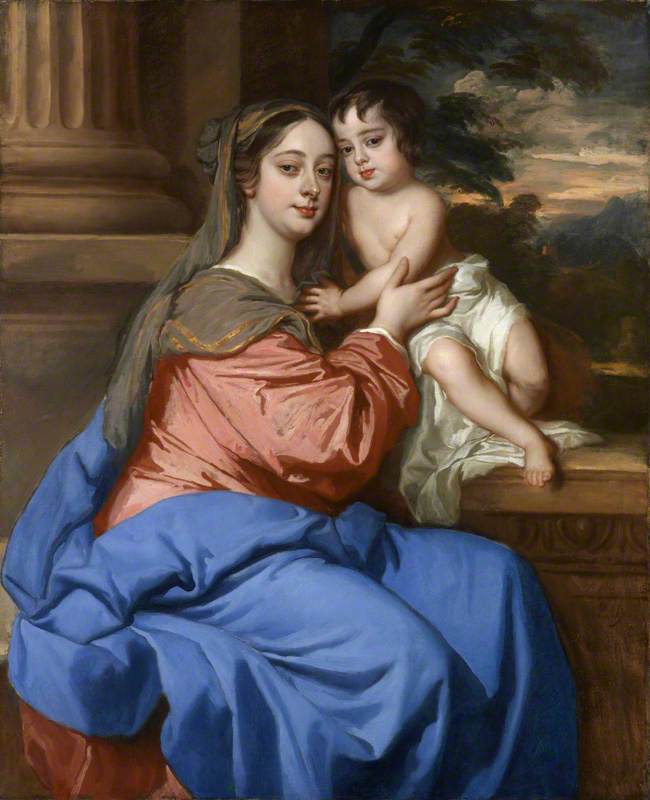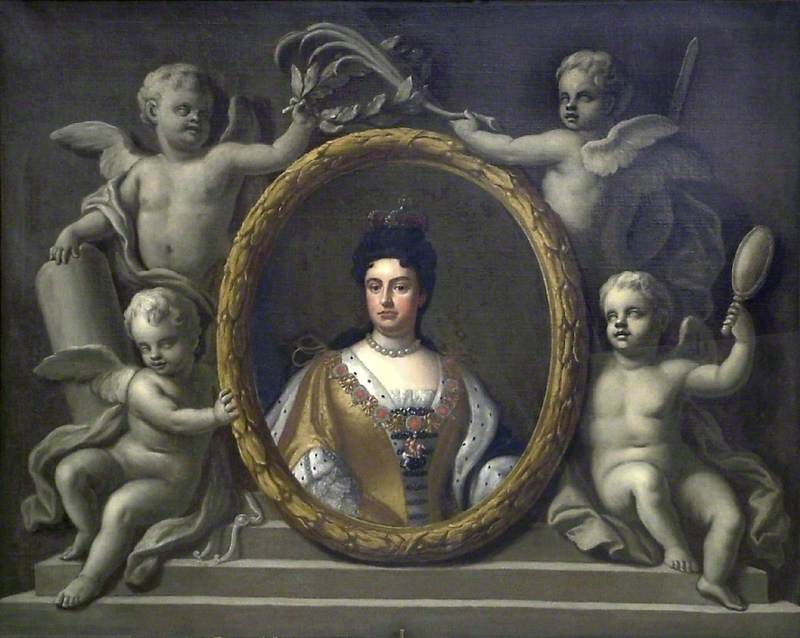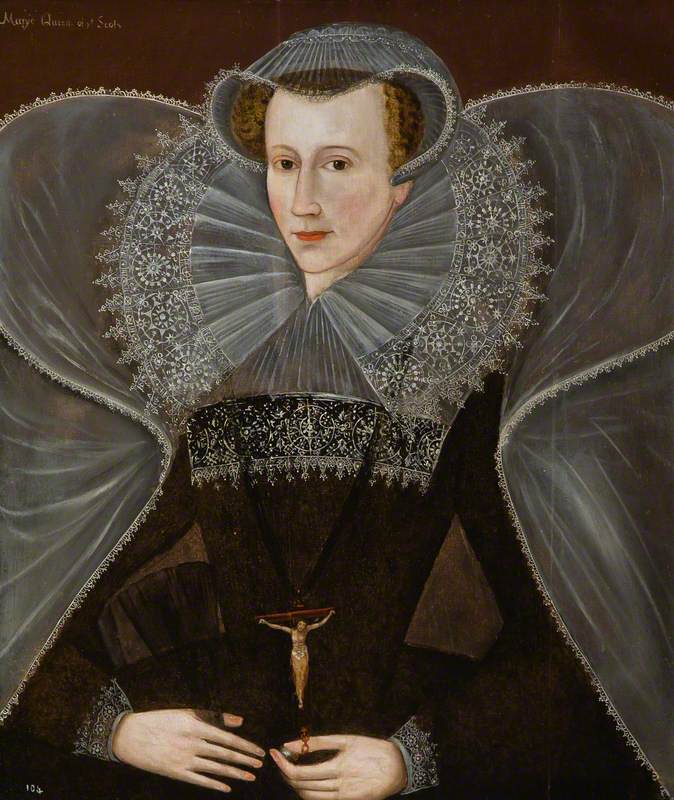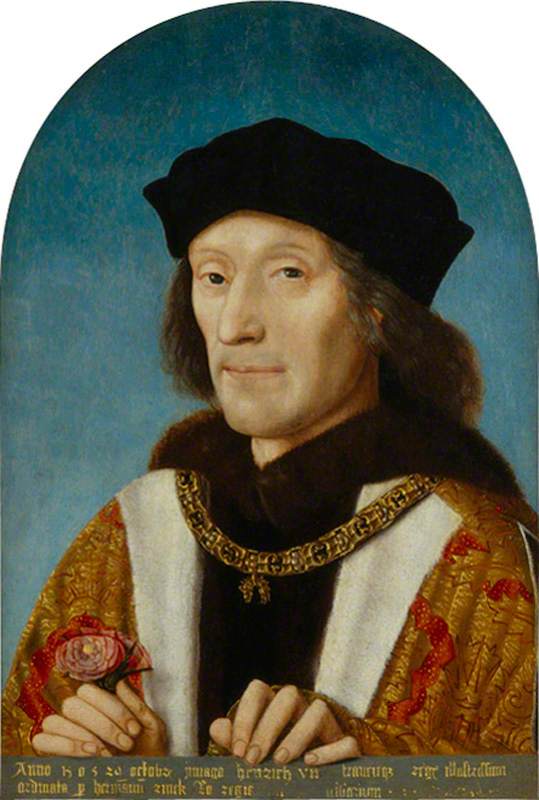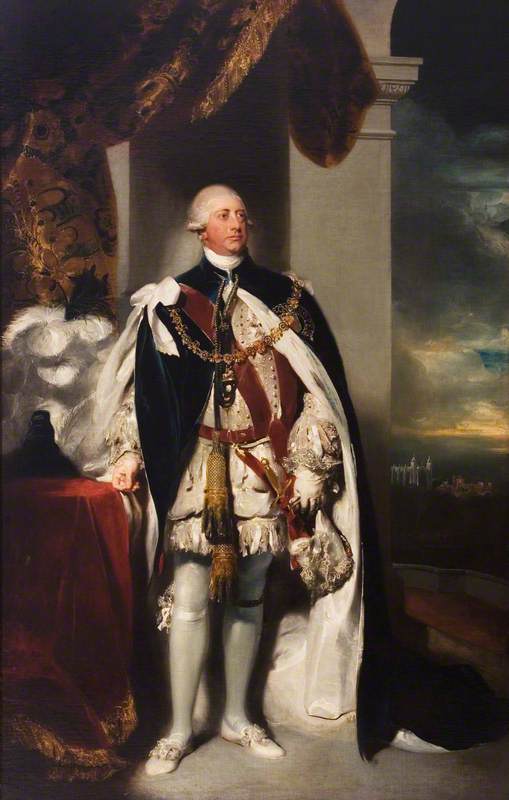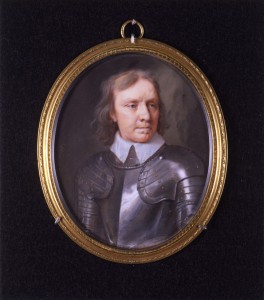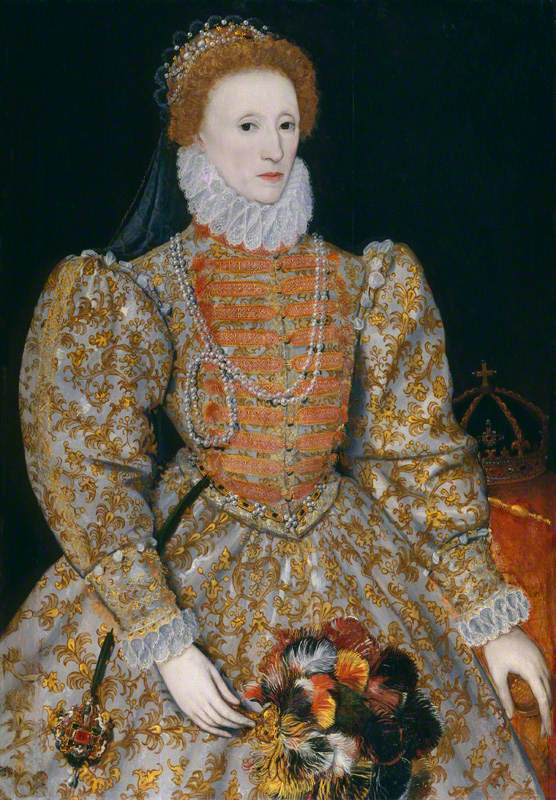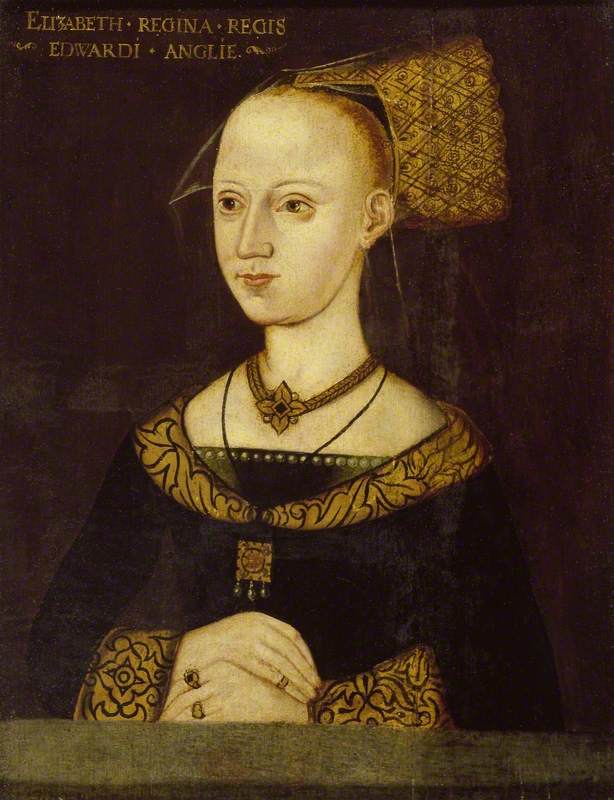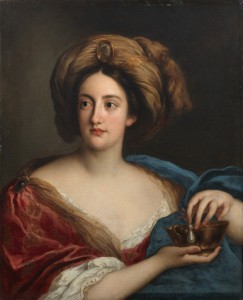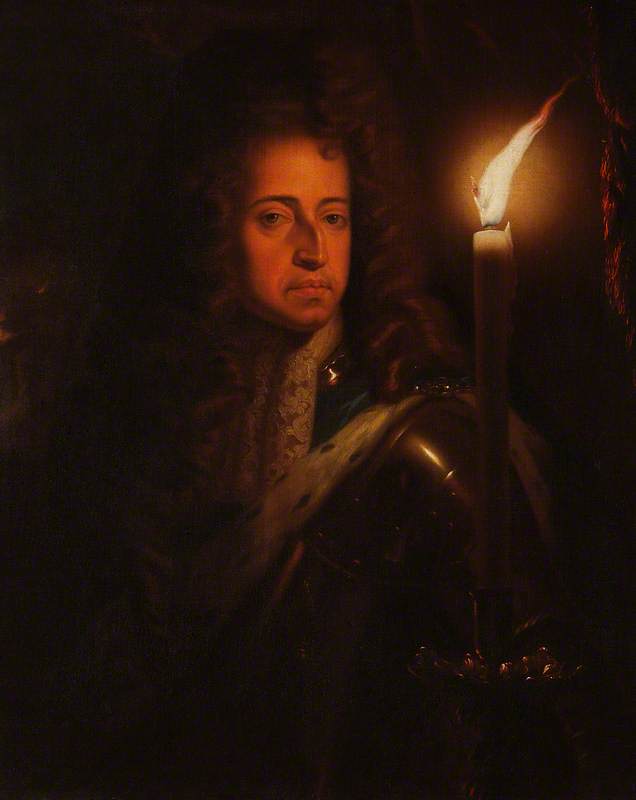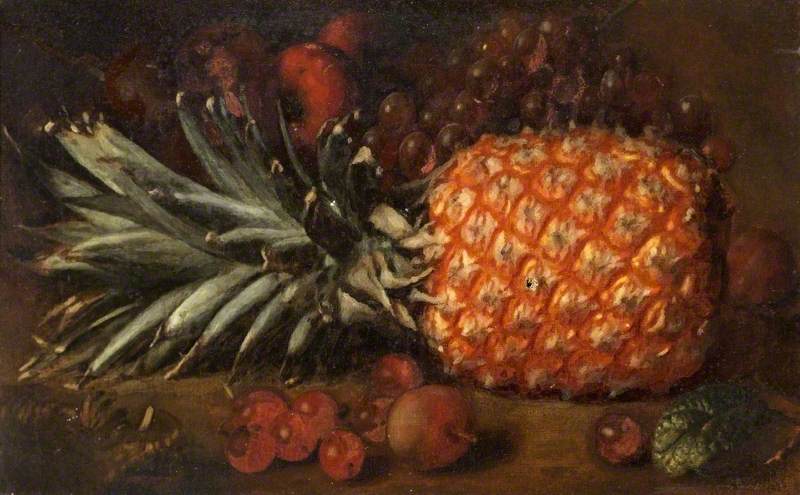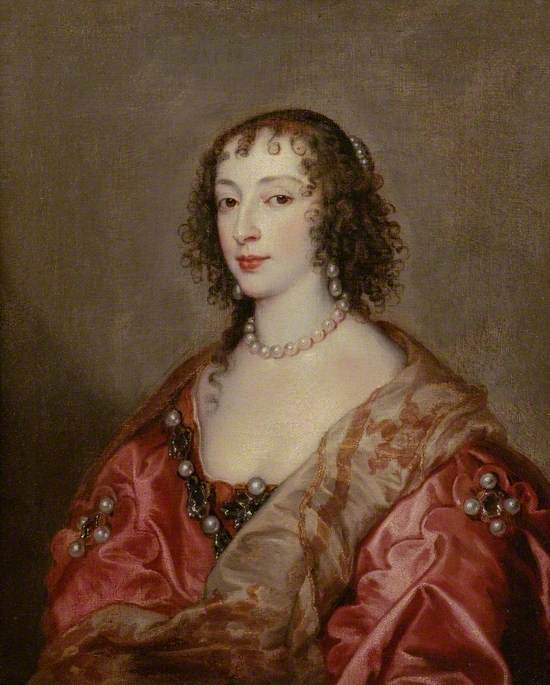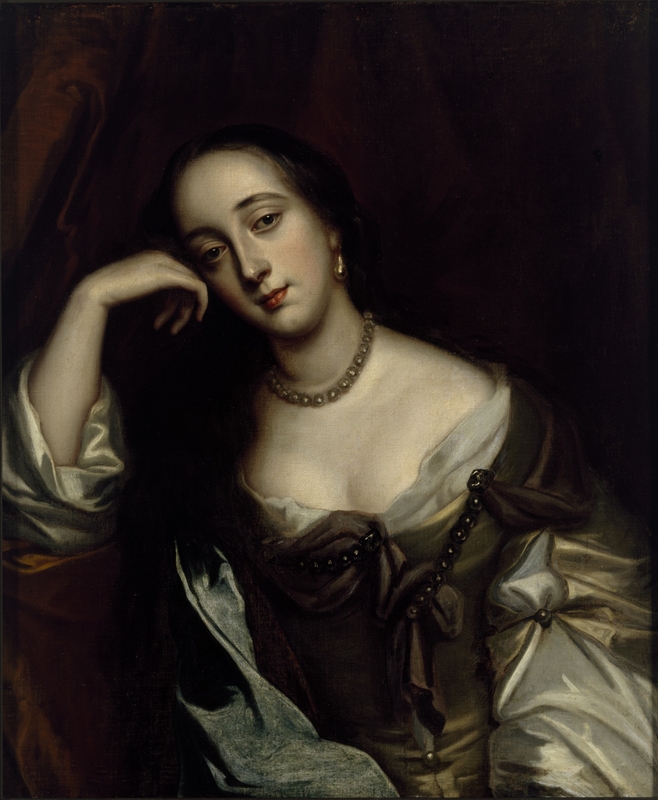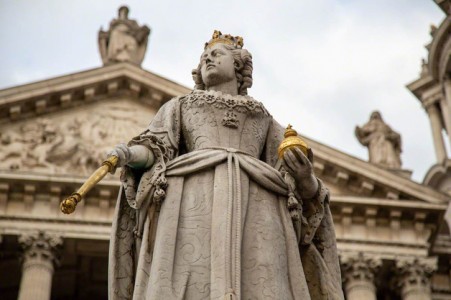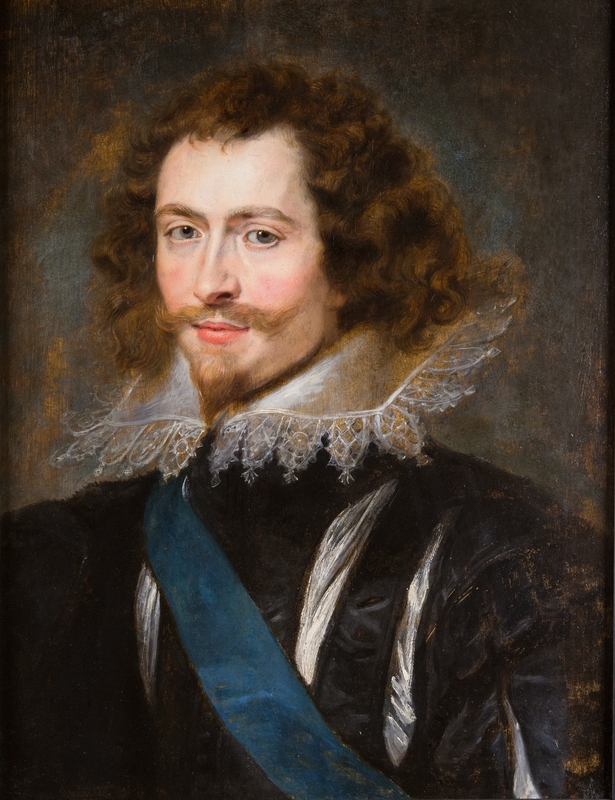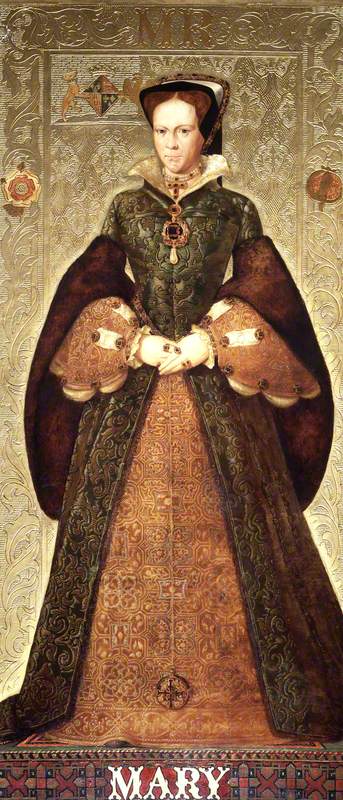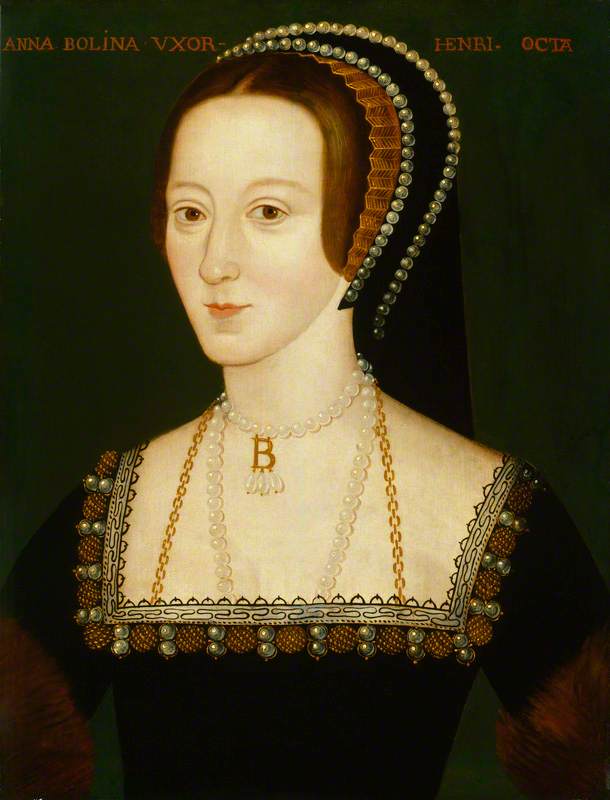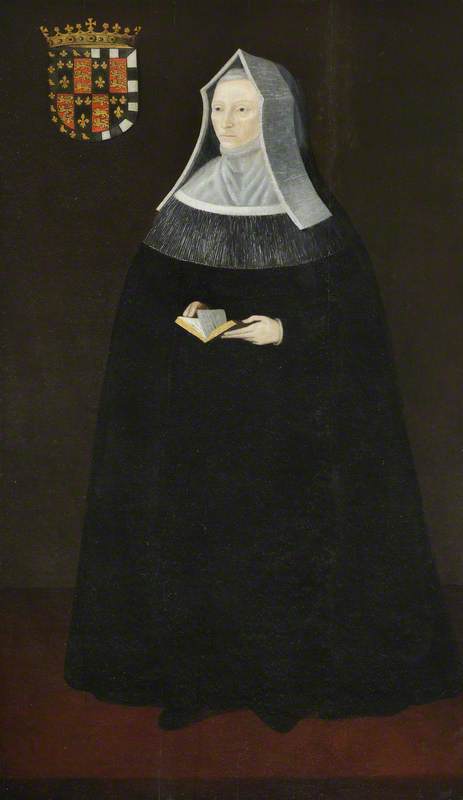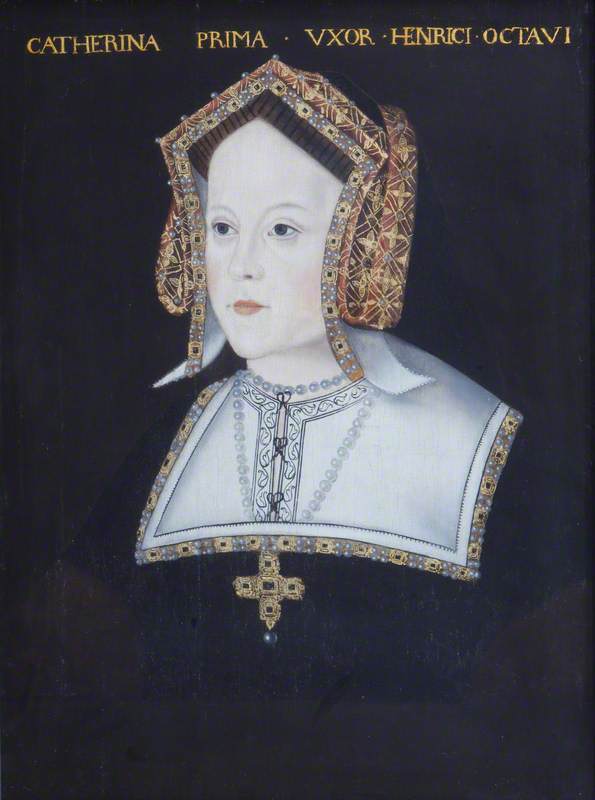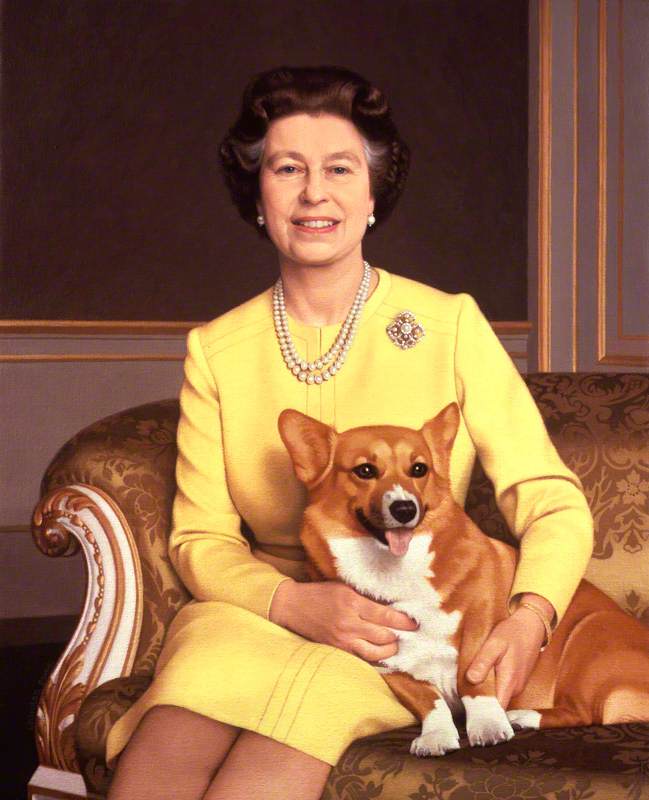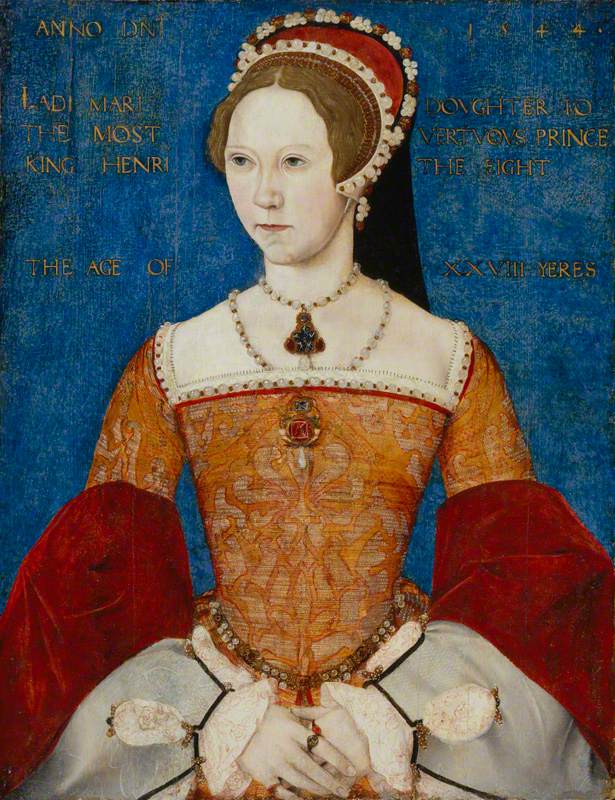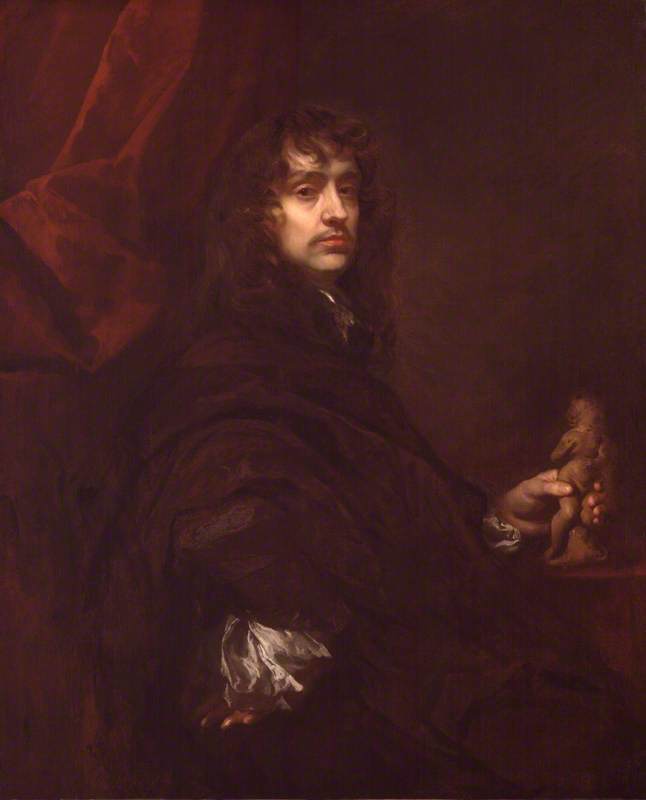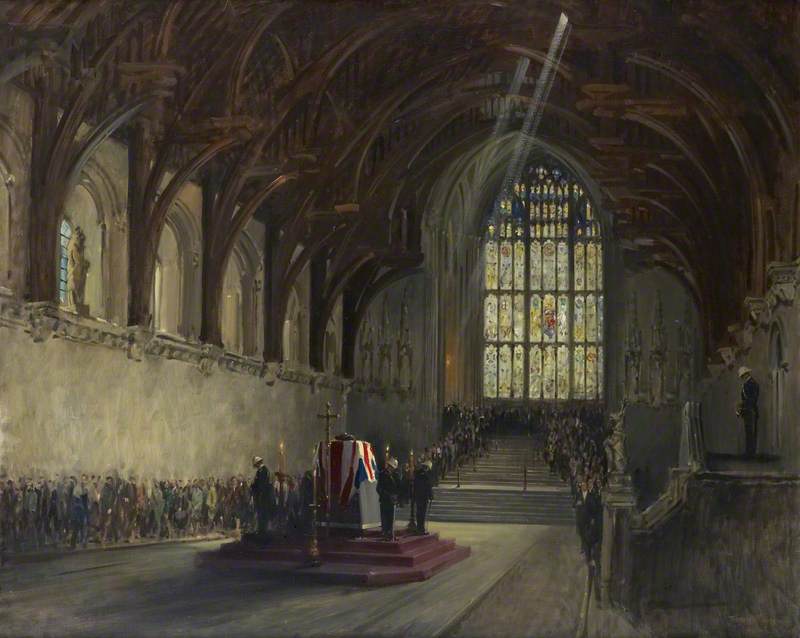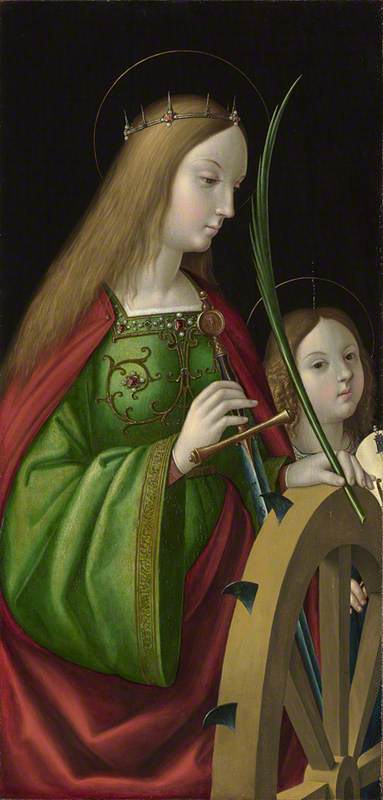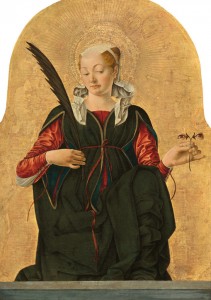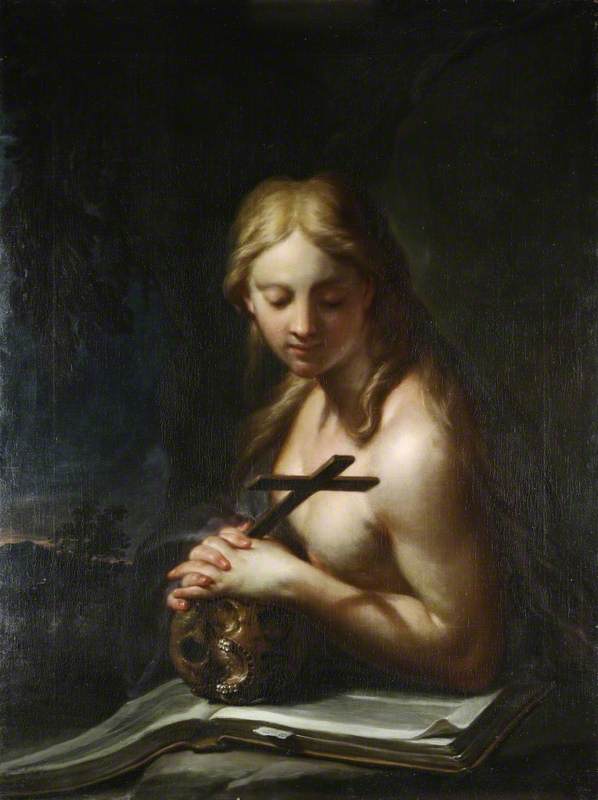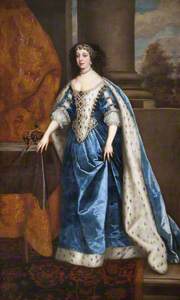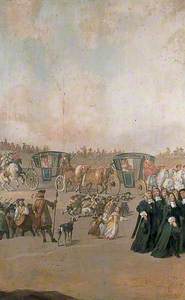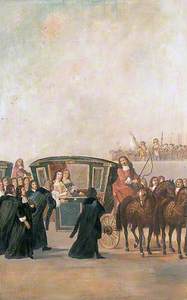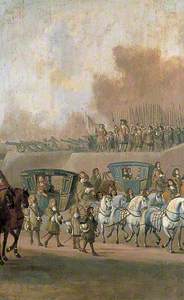When we remember late seventeenth-century British history, queen consort Catherine of Braganza (1638–1705) is often relegated to the sidelines.
A Portuguese princess, she was picked by Edward Hyde, Earl of Clarendon, as a suitable choice to marry Charles II (restored to the throne in 1660 after 11 years in exile), as her dowry included the strategic port cities of Tangier and Bombay. Catherine set sail from Portugal to Portsmouth in 1662 to marry the king and settle down to her new life in a new country.
Raised in a convent, Catherine was educated as befitted her status as a princess. Yet despite her royal status, Catherine is frequently overlooked when we remember the Restoration. The representations of Catherine of Braganza have been of a deeply religious and pious queen, who at first was outdated in times of style. This contrasted with the voluptuous depictions of Charles's many mistresses who dominated the Restoration court. They followed the fashionable trends of the French Bourbons, as Charles had spent much of the 1650s in exile in France.
Catherine of Braganza
c.1660–1661
Dirck Stoop (c.1610–c.1686) (by or after) 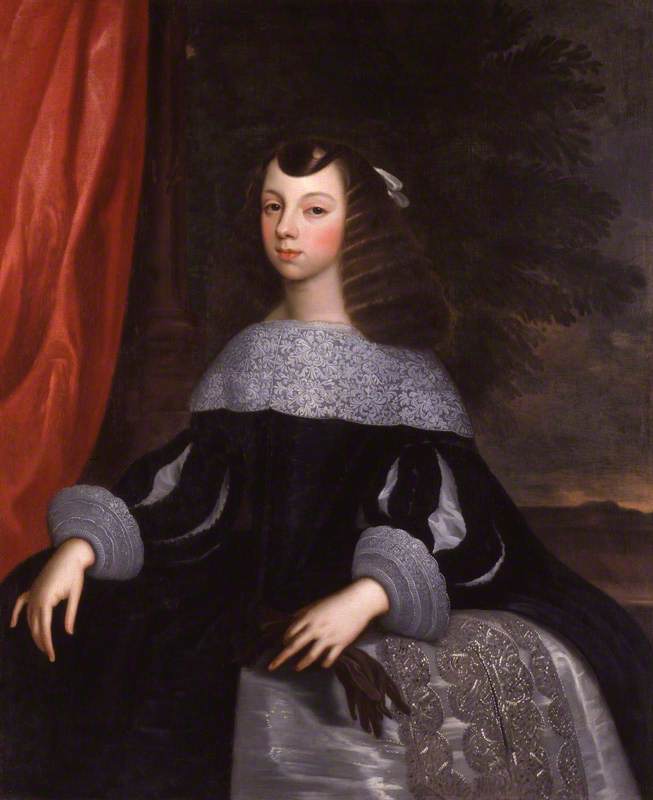
On her arrival in England, Catherine's appearance was commented on unkindly. She and her ladies-in-waiting were dressed in old-fashioned garments, while Charles allegedly exclaimed that Catherine resembled a bat because of her hairstyle.
In comparison, Catherine's rival at court, Charles's mistress Barbara Villiers, Lady Castlemaine, later Duchess of Cleveland, was revered for her beauty, fashion, and patronage of the arts. Famously, her portrait by Sir Peter Lely with her son Charles Fitzroy (the illegitimate son of the king), depicted her as Madonna and her son as the Christ child.
The idea was to show off her fertility by bearing the king's child, while also impressing on her conversion to Catholicism during that time. Castlemaine was undoubtedly a thorn in Catherine's side; upon her marriage to Charles she wanted Castlemaine removed as a lady-in-waiting, but Charles refused, thus humiliating his new queen.
Barbara Villiers (1640–1709), Countess of Castlemaine and Duchess of Cleveland
c.1662
Peter Lely (1618–1680) 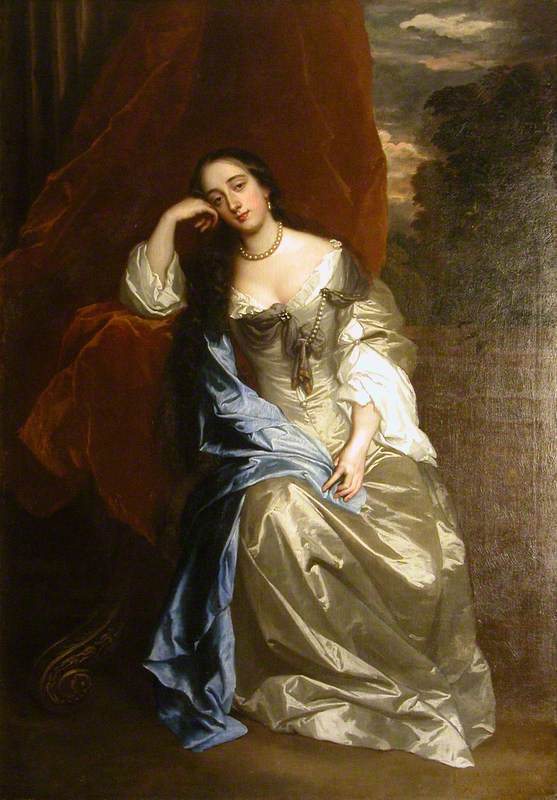
Over the space of a decade, Castlemaine had five children with Charles, while Catherine suffered several miscarriages and bore no children. This is how Catherine is normally remembered: the foreign queen consort who failed to secure a legitimate heir to carry on her husband's dynasty.
Louise Renée de Penancoët de Kérouaille (1649–1734), Duchess of Portsmouth
Godfrey Kneller (1646–1723) 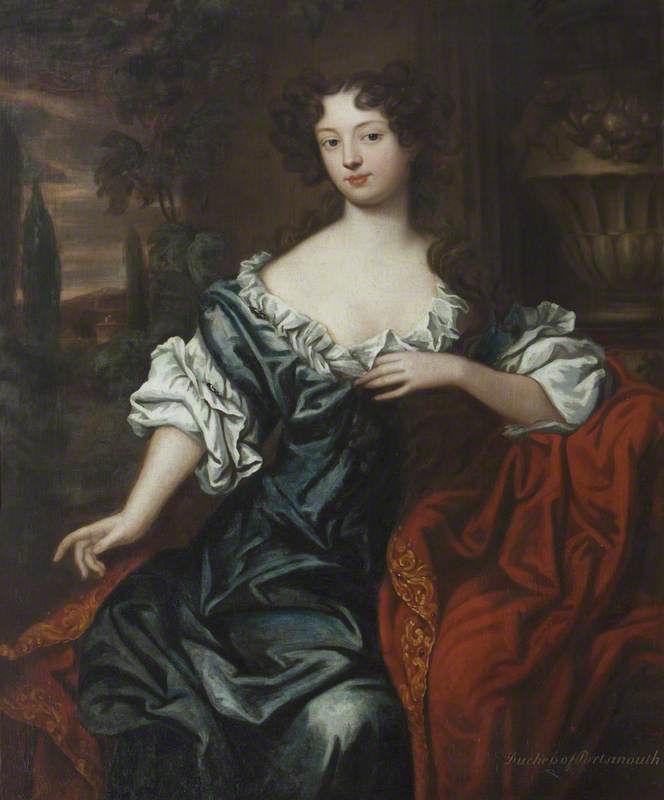
Instead, Charles's mistresses like Castlemaine, and later Louise de Kéroualle, Duchess of Portsmouth, took the limelight away from her – as such, their portraits were captured by fashionable court artists including Lely, Godfrey Kneller and Pierre Mignard.
Louise de Kéroualle, Duchess of Portsmouth
1682
Pierre Mignard I (1612–1695) 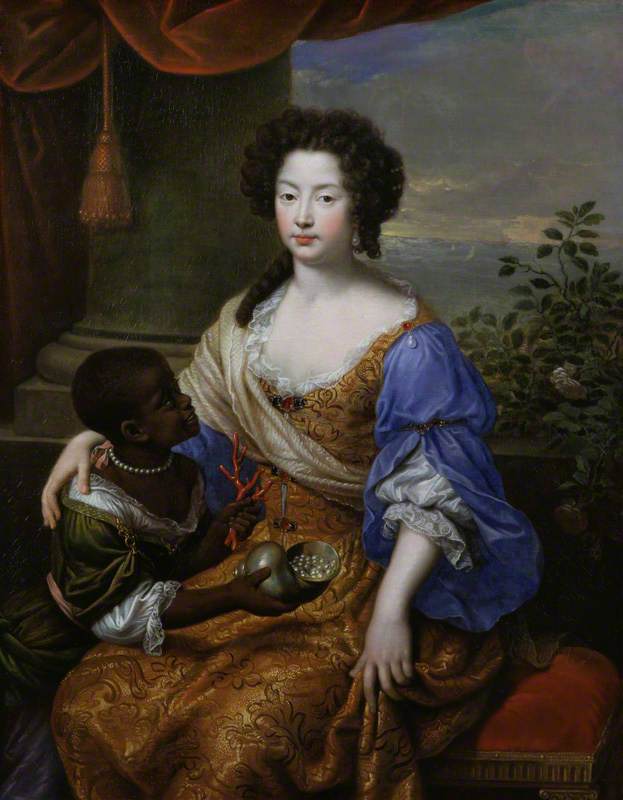
Yet Catherine of Braganza was just as keen to assert herself as a patroness of the arts. Initially, her court was overshadowed by her mother-in-law, queen dowager Henrietta Maria – until she returned to France in 1665. It was then that Catherine slowly asserted her influence as a patron of art and music. The queen's patronage was highly sought after, especially by her English Catholic courtiers, who were able to secure positions in her household.
Catherine of Braganza (1638–1705), Queen Consort of Charles II
Pieter Borsseler (1632–1692) (attributed to) 
Catherine commissioned portraits by Dutch artists Pieter Borsseler and Otto Hoynck.
Catherine of Braganza (1638–1705), Queen Consort of Charles II
(after Peter Lely) c.1667–c.1677
Otto Hoynck (c.1630–c.1686) (attributed to) 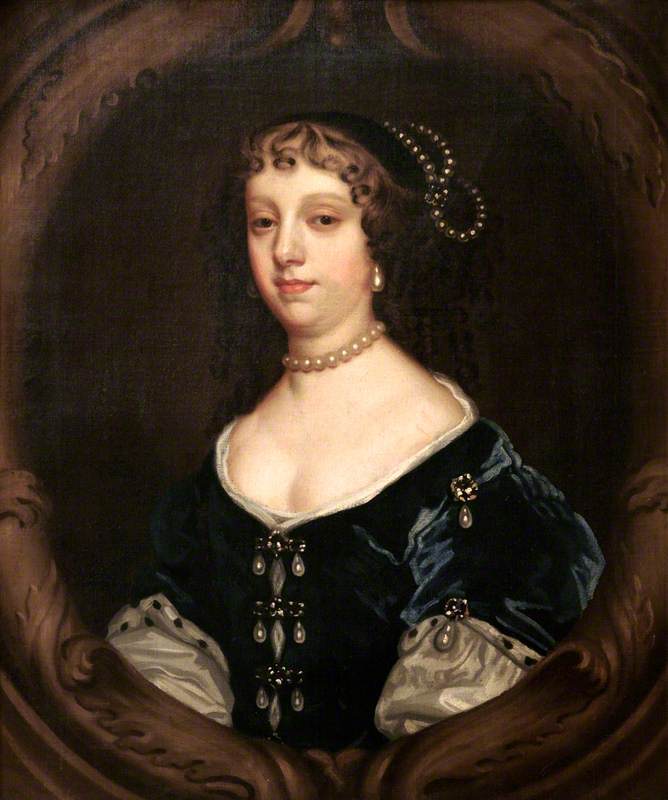
The Flemish artist Jacob Huysmans was a favourite of Catherine's, and she commissioned him to paint several portraits of her.
Catherine of Braganza (1638–1705), Queen Consort of Charles II
Jacob Huysmans (c.1633–1696) 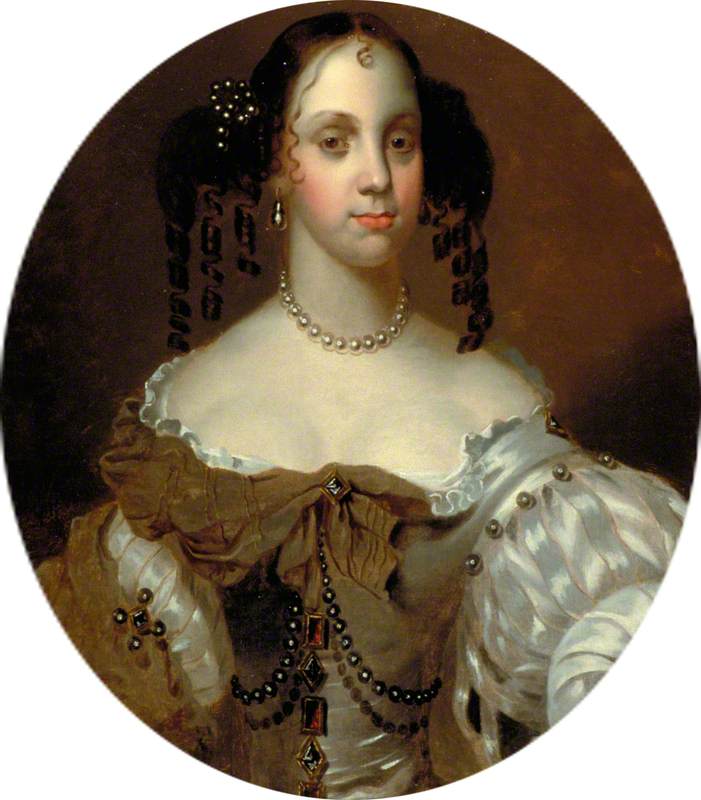
The queen undoubtedly commissioned Huysmans as he was a rival artist to Lely, who was favoured by the king and his mistresses.
Catherine of Braganza (1638–1705)
c.1665
Jacob Huysmans (c.1633–1696) (attributed to) 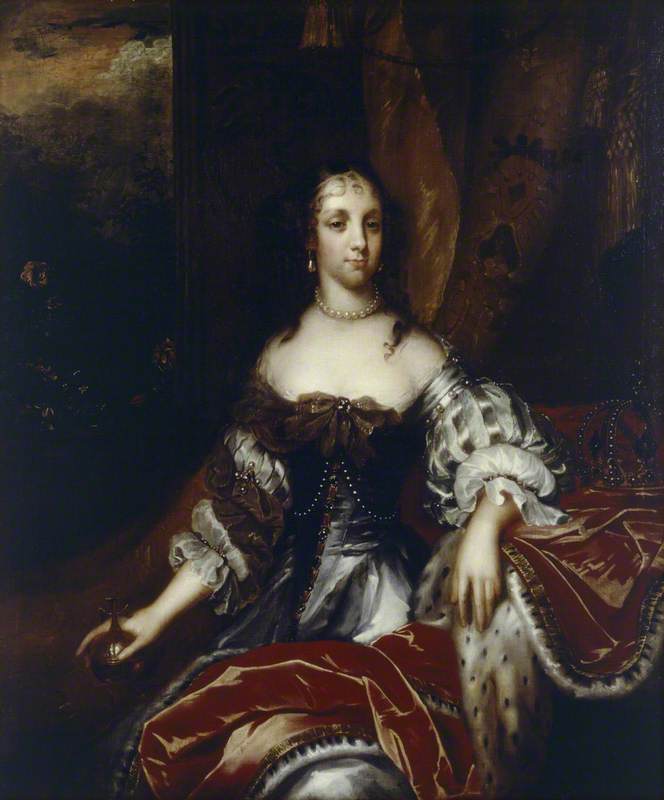
While Huysmans painted traditional portraits of the queen, he also made two outstanding two portraits of her, both in the Royal Collection. The first was painted shortly after Catherine's marriage to Charles II, and in stark contrast to her unfashionable dress on her arrival to England, this portrait transformed her into a stylish and sensual woman. The portrait depicts the queen as a shepherdess with orange blossom in her long, flowing hair, a shepherd's crook behind her. It was designed to show off Catherine's innocence and fertility with the optimism that she would bear many children for the king in the early years of her marriage. This version is a copy in the collection of Queen's College, Oxford.
Catherine of Braganza (1638–1705), Queen Consort of Charles II
Jacob Huysmans (c.1633–1696) (after) 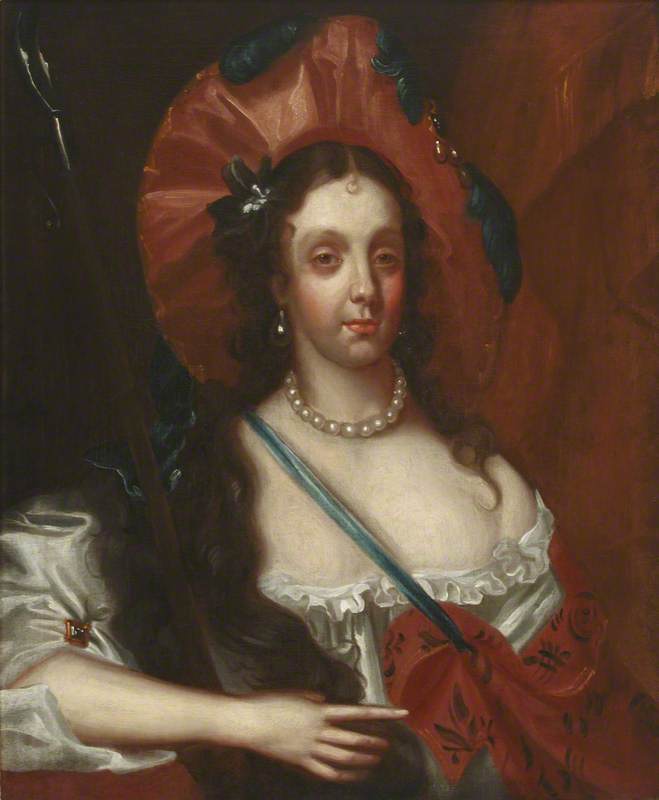
Huysmans' other remarkable portrait depicts her as the Catholic saint Catherine of Alexandria, the patron saint of learning. Saint Catherine was not only the queen's namesake, but her birthday fell on the saint's holy day (25th November), so Catherine undoubtedly felt some affinity with her. It is a virtuous depiction, but also one which demonstrates that Catherine wanted to emulate the independence and the strength of the saint.
What is more, Catherine was not a reclusive queen. Although she primarily lived with her household in Somerset House on the Strand in London, she still participated in royal functions alongside her husband.
Catherine of Braganza's Visit
(panel 1 of 4) c.1670
Willem van de Velde II (1633–1707) (attributed to) 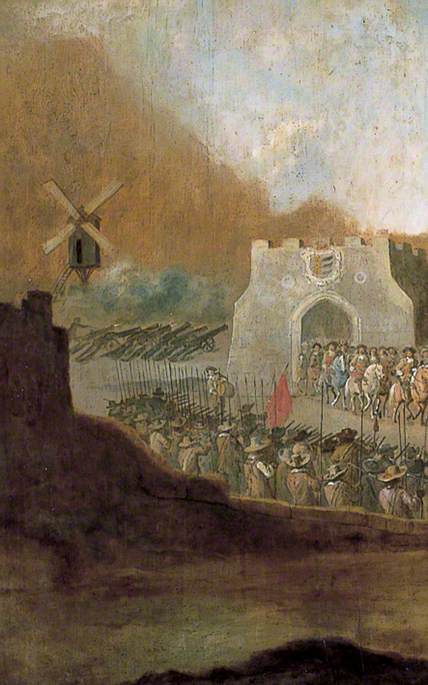
In 1670, for instance, she accompanied the king to Sandwich in Kent where her visit along with the king was commemorated in these panels.
Catherine of Braganza's Visit
(panel 2 of 4) c.1670
Willem van de Velde II (1633–1707) (attributed to) 
They show the king and queen travelling through Sandwich in carriages where she could be seen by the public, and they show that Catherine engaged with the English people.
Catherine of Braganza's Visit
(panel 3 of 4) c.1670
Willem van de Velde II (1633–1707) (attributed to) 
Catherine of Braganza's Visit
(panel 4 of 4) c.1670
Willem van de Velde II (1633–1707) (attributed to) 
The 1670s would prove a testing time for Catherine. The minority English Catholic population faced prosecution for practising their faith, only to intensify in 1678 when the fabricated Popish Plot forced many Catholic courtiers to leave court to go into exile. Several of Catherine's English Catholic household were also removed from their posts.
Parliament had even attempted to remove Catherine as queen by requesting the king to divorce his wife and marry a Protestant instead, in the hope that a legitimate Protestant legacy could be secured. However, despite his infidelities, Charles always refused to divorce his wife, and at his death in 1685 she was there at his bedside.
The queen survived the political storm that threatened her stability as queen consort, and after her husband's death, she remained in England for several years until she returned to her homeland in 1693. In Portugal, she wielded great political power, and was regent for the king, her brother Peter II, and mentor to his son, the future John V.
Catherine of Braganza (1638–1705), Queen Consort of Charles II
1678
Benedetto Gennari the younger (1633–1715) 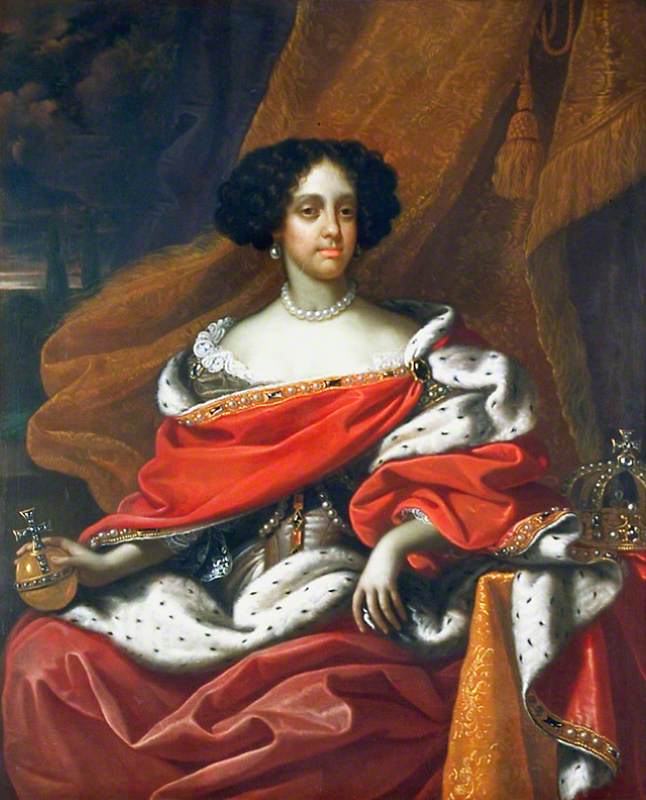
Overall, Catherine of Braganza has been overlooked as a royal figure in seventeenth-century Britain. She entered her new homeland with different fashions and struggled at first to assert her impact in the royal court. However, Catherine proved herself resilient and was able to affirm her independence, away from the whims of her husband's mistresses.
Her patronage of Huysmans was a deliberate choice to assert her own control of artistic iconography, and he successfully transformed her image from the naïve Portuguese princess to one of a queen. Catherine of Braganza's story in England is one that is still yet to be fully told and I hope that public awareness of the queen consort continues to grow in the years to come.
Eilish Gregory, historian
Further reading
Manuel Andrade e Sousa, Catherine of Braganza: Princess of Portugal, Wife to Charles II, Inapa, 1994
Edward Corp, 'Catherine of Braganza and Cultural Politics' in Queenship in Britain, 1660–1837: Royal Patronage, Court, Culture, and Dynastic Politics, ed. Clarissa Campbell Orr, Manchester University Press, 2002, pp. 53–73
Hebe Elsna, Catherine of Braganza: Charles II's Queen, Robert Hale Ltd, 1967
Eilish Gregory, 'Catherine of Braganza's Relationship with her Catholic Household' in Forgotten Queens in Medieval and Early Modern Europe: Political Agency, Myth-Making, and Patronage, eds., Valerie Schutte and Estelle Paranque, Routledge, 2018, pp. 129–148
Janet MacKay, Catherine of Braganza, John Long Ltd, 1937

